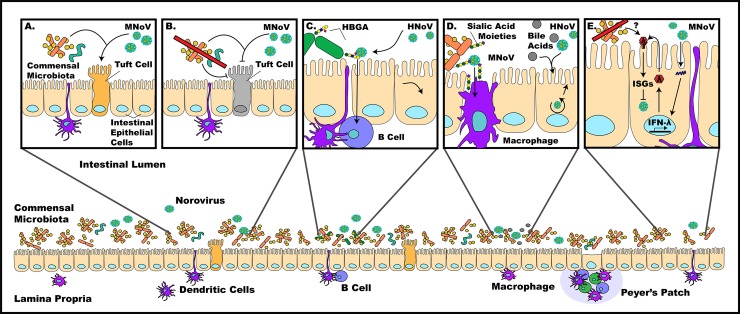Fig 1. Norovirus pathogenesis is affected by many factors in the enteric environment.
a) The presence of commensal bacteria allows for efficient MNoV infection, with tuft cells being one rare cell population infected. b) Absence of commensal bacteria reduces MNoV titers by depleting tuft cell populations and potentially altering innate immune responses during persistent MNoV infection. c) Binding of HNoV to HBGA-positive enteric bacteria has been found to facilitate infection of B cells. d) Sialic acid moieties on the cell surface have been found to act as coreceptors for MNoV infection of macrophages, while bile acids have been found to be important for the establishment of HNoV infection of enterocytes. e) MNoV infection has been found to trigger the expression of IFN-λ in infected cells, up-regulating interferon simulated genes that restrict viral replication and subsequent spread of infection—the mechanism of this process has yet to be characterized, but commensals are believed to play a major regulatory role. HBGA, histo-blood group antigen; HNoV, human norovirus; IFN-λ, interferon lambda; MNoV, murine norovirus.

